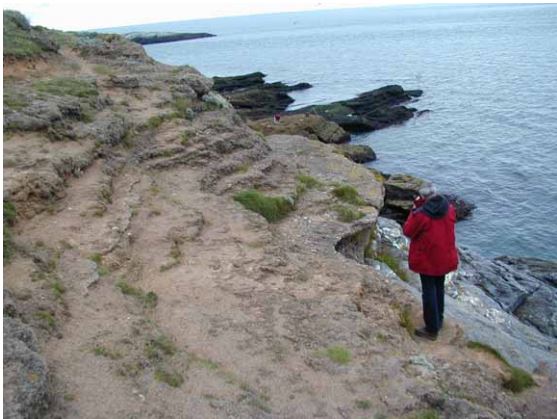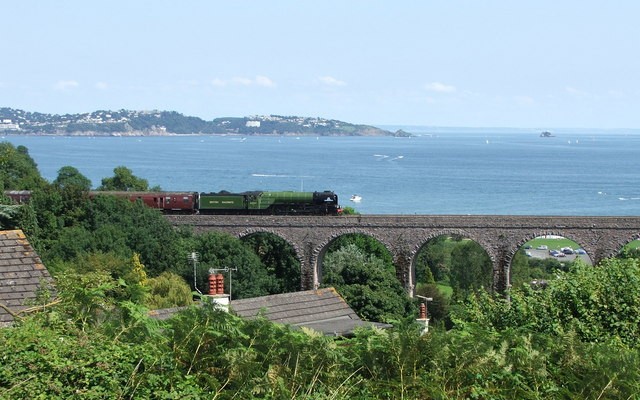Interesting information
On the southern side of Hope’s Nose, and also on the nearby Thatcher Rock, raised beaches can be seen about 6m above present day sea levels. These are very rich in fossil marine molluscs, with 17 species present at Hope’s Nose, and no fewer than 43 species at Thatcher Rock. These beaches tell a story about past sea-level change and date from a warm inter-glacial period in the Ice Age when the seas were much higher than today.

